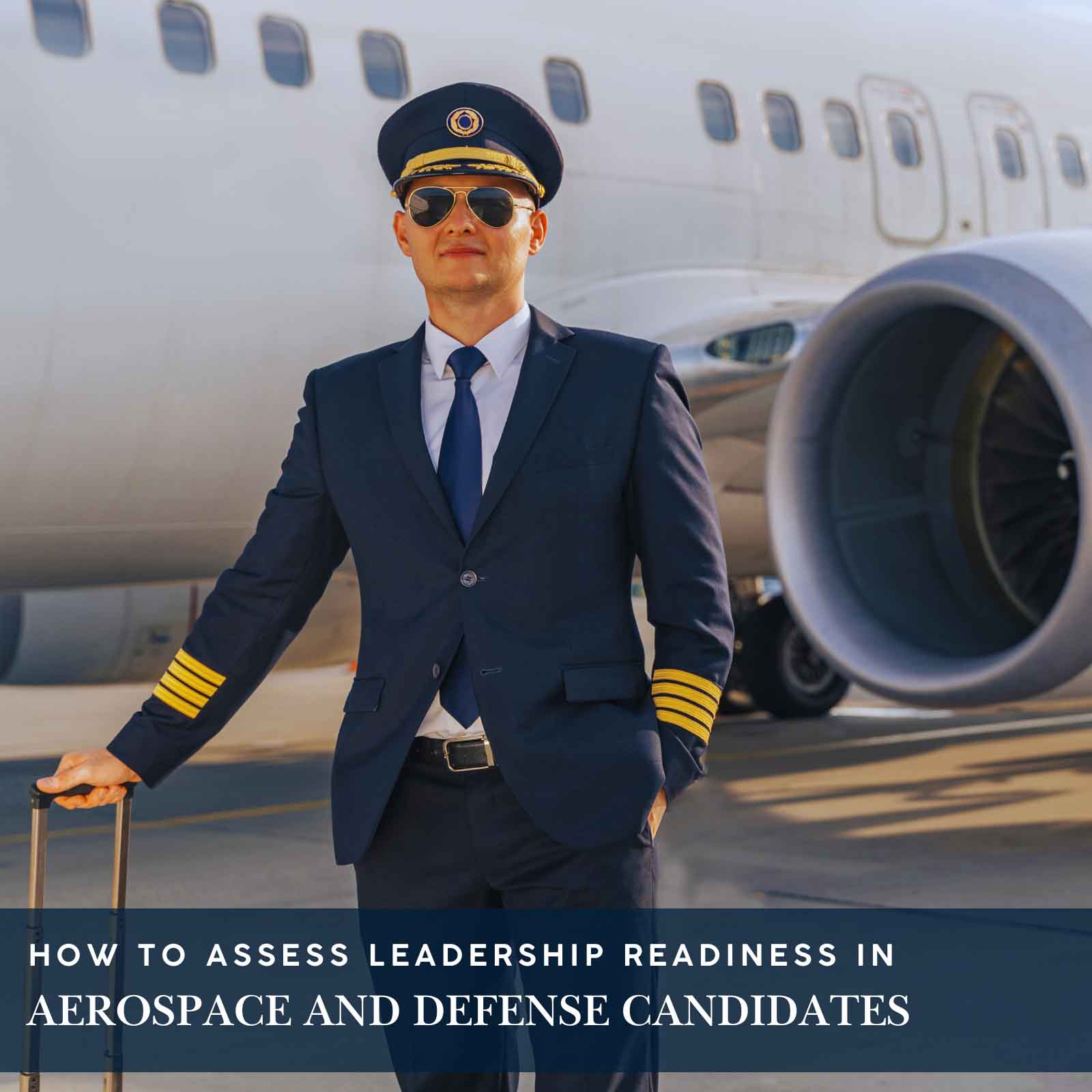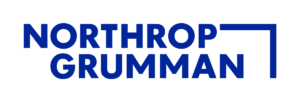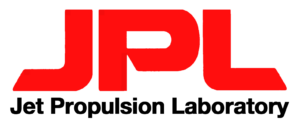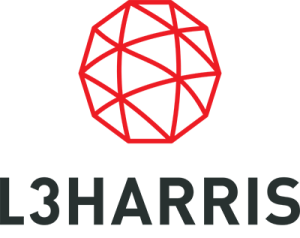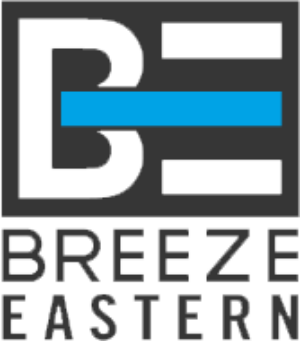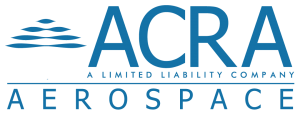Commercial vs. Defense Aerospace: Recruitment Trends Shaping Executive Hiring
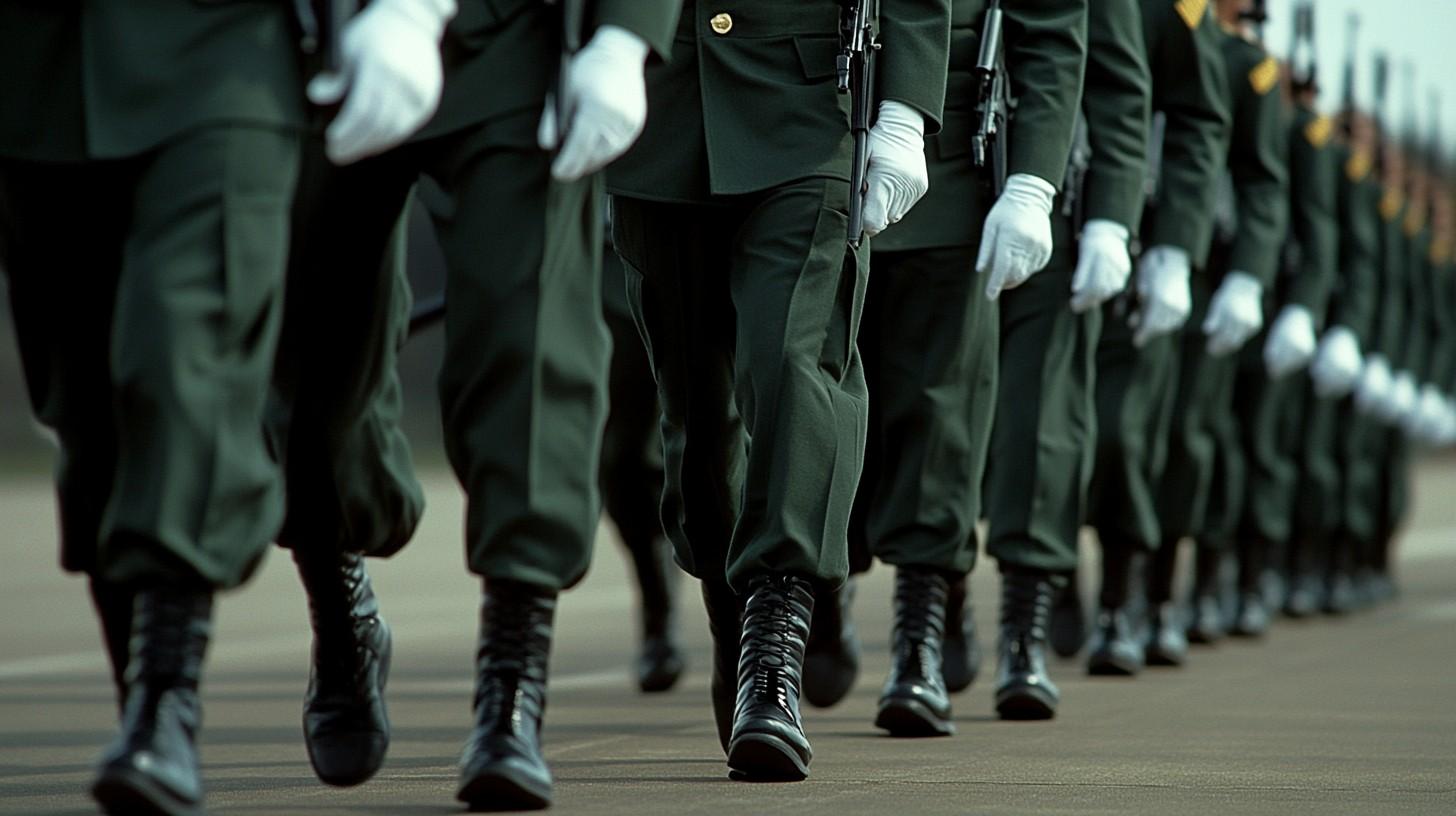
The competition for leadership talent in aerospace has never been more intense. Both commercial and defense sectors are racing to secure executives who can lead through disruption, manage complex operations, and drive innovation. While leadership demands may overlap, the nuances of hiring in each sector are distinct and require tailored approaches.
Understanding these evolving aerospace recruitment trends is essential for companies seeking to secure leadership capable of navigating industry pressures and driving long-term success. Executive hiring in aerospace goes beyond matching resumes to roles.
It is a strategic decision that influences the future of programs, divisions, and entire organizations. This article explores the hiring differences, emerging trends, and executive preparation strategies that ensure leadership hiring aligns with sector realities and positions companies to lead.
Hiring Differences Between Sectors
Commercial and defense aerospace may build aircraft and systems, but their leadership hiring models follow fundamentally different playbooks. Organizations operating in these sectors must fully understand these contrasts to avoid costly missteps when selecting key executives.
How do hiring approaches differ?
Market fluctuations, passenger demand, and the relentless pace of innovation shape the commercial aerospace sector. As a result, executive recruitment in this space emphasizes commercial agility, customer engagement, and global supply chain management.
Hiring decisions typically prioritize leaders with private sector backgrounds, experience in scaling operations internationally, and the agility to lead digital transformation initiatives.
Defense aerospace operates under a different set of rules. Government contracts, rigid compliance structures, and mission-critical objectives define the framework. Executive hiring is more deliberate, requiring candidates with security clearances, proven success in defense contracting, and expertise navigating Department of Defense procurement systems.
Leadership fit is evaluated on technical expertise and qualities such as accountability, integrity, and the ability to manage complex, multi-year programs with high visibility and national significance.
What skills define success in each sector?
In commercial aerospace, executives are expected to drive global revenue growth, optimize operational efficiency, and lead agile product development programs. Success requires a delicate balance of cost control, customer experience leadership, and the ability to anticipate and adapt to evolving regulatory landscapes.
In defense aerospace, leadership demands extend beyond technical credentials. Executives must bring an in-depth understanding of defense acquisition frameworks, classified program management, and the ability to build trust at the highest levels of military and government institutions.
Candidates with military backgrounds or deep-rooted experience within defense primes are often favored due to their familiarity with the nuances of mission-driven program leadership and defense ecosystem partnerships.
Evolving Industry Demands Are Reshaping Executive Profiles
Executive hiring in aerospace is shifting rapidly. Both commercial and defense sectors are facing new demands that are changing what companies look for in leadership. Rather than defaulting to legacy experience, organizations are now prioritizing sector-specific vision, innovation capacity, and global scalability. These emerging needs are directly shaping the next wave of executive profiles.
Commercial Sector Focus Shifting Toward Global Expansion and Sustainability
Commercial aerospace companies prioritize leaders who can expand operations internationally while navigating increased complexity across global markets. Executives with experience in scaling distributed teams, building international supplier networks, and leading market entry strategies in Asia, the Middle East, or Latin America are seeing increased demand. Companies want leadership that can align global operations with regional regulatory expectations while staying responsive to rapidly shifting customer behaviors.
Sustainability has also become a central driver in executive hiring. Boards are placing pressure on senior leadership to embed ESG goals into strategy and operations. Leaders with experience in reducing manufacturing emissions, implementing circular supply chain models, or overseeing the development of fuel-efficient aircraft systems are now essential. These priorities are transforming traditional aerospace leadership profiles by shifting focus from operational efficiency alone to long-term, sustainable global positioning.
Defense Sector Driving Demand for Innovation-Focused, Cleared Leadership
In the defense sector, hiring needs have become more targeted and strategic. While active security clearances and knowledge of procurement protocols remain essential, the greater challenge lies in finding leaders who can pair this with innovation expertise. As investment grows in space, autonomous systems, and cyber defense, the demand is rising for executives who can convert cutting-edge R&D into executable programs without compromising mission assurance or compliance.
This has created a premium on hybrid leaders: individuals with both deep domain expertise and the strategic foresight to lead technology-focused initiatives. These roles often require experience in classified environments and cross-sector partnerships, particularly with commercial tech providers. The pool of such executives is small and highly competitive, and companies that want to lead in defense innovation must act decisively to attract and retain them.
Diverging Recruitment Trends in 2025
As the aerospace landscape evolves, the recruitment strategies used to secure top executive talent are changing in parallel. Commercial and defense organizations are adopting distinctly different approaches to hiring based on operational urgency, technology adoption, and leadership succession needs. Understanding these divergent trends is key to building the right leadership bench in each sector.
Commercial Aerospace Recruitment Is Speeding Up and More Candidate-Driven
Commercial aerospace companies are accelerating their hiring processes to remain competitive. High-demand executives, especially those leading digital or operational transformation, are often fielding multiple offers. Companies are shortening interview cycles, fast-tracking decision-making, and rethinking how they position themselves to prospective candidates. Speed and clarity are becoming just as important as compensation in attracting top-tier talent.
There is also growing emphasis on succession planning and leadership continuity. Organizations are investing in retention programs, redefining executive roles to reflect strategic growth priorities, and placing more value on cultural alignment and global leadership agility. Executives who bring proven experience in customer-centric innovation, international team building, and revenue expansion are no longer optional. They are central to long-term competitiveness in commercial aerospace.
Defense Aerospace Is Prioritizing Succession and Strategic Tech Talent
Defense companies are facing critical leadership gaps as experienced executives retire. Succession planning has moved from a best practice to an operational necessity. Companies are evaluating internal pipelines more rigorously and expanding their external search parameters to identify cleared talent with long-term leadership potential. This urgency is especially high in functions tied to program execution, cyber defense, and government engagement.
Simultaneously, defense hiring is shifting toward leaders who can handle both legacy program oversight and future-focused technology strategy. Executives with exposure to autonomous systems, AI integration, or next-generation C4ISR platforms are highly sought after, particularly if they can balance risk, compliance, and innovation in equal measure. The competition for this strategic, technically fluent leadership is fierce, and companies must take a more proactive and performance-focused executive search process to secure it.
Diversity and Inclusion Trends
Diversity and inclusion remain under-addressed in aerospace, yet the conversation is gaining urgency. Both commercial and defense sectors are under increasing pressure to broaden executive talent pipelines and develop leadership teams that reflect the diversity of their customers, workforce, and global stakeholders. For companies seeking to remain competitive and innovative, embedding DEI into leadership hiring is no longer optional. It is a strategic imperative.
How do DEI efforts differ in recruitment?
In commercial aerospace, DEI is becoming a cornerstone of executive hiring strategies. Companies are formalizing diversity goals, partnering with specialized aerospace recruitment agencies, and investing in leadership development programs to cultivate inclusive leaders. This is especially critical as the sector pushes into new global markets where diverse leadership enhances credibility and customer alignment.
Progress is more complex in defense aerospace. Security clearance requirements and classified program constraints inherently narrow the candidate pool, presenting a significant challenge for those tasked with solving the talent gap in defense recruiting.
Despite these hurdles, forward-looking defense organizations are making DEI part of their long-term leadership strategy, integrating inclusive leadership competencies into defense executive search mandates and succession planning efforts. These steps are essential for cultural progress and strategic growth in defense industries, where innovation thrives on diverse perspectives and cross-domain thinking.
Preparing Candidates for Sector-Specific Roles
As aerospace companies refine their recruitment strategies, executives pursuing leadership must evolve their approach. Preparation is no longer about resumes alone. It requires positioning yourself as a leader capable of delivering measurable results in highly specialized, sector-specific environments.
How can candidates stand out?
In commercial aerospace, executives must present a clear record of success in global market growth, operational excellence, and customer engagement. Revenue acceleration, digital transformation leadership, and supply chain optimization achievements are especially valued.
For defense aerospace, leaders must demonstrate proficiency in managing classified programs, navigating strict compliance environments, and engaging with senior defense and government stakeholders. Cross-sector experience is beautiful when candidates can directly connect their background to the sector’s unique priorities.
Strengthening positioning requires targeted upskilling strategies for aerospace, including gaining expertise in defense procurement, expanding familiarity with international defense markets, or building competencies in managing dual-use technologies. These actions enhance candidate relevance while signaling the flexibility and strategic foresight both commercial and defense aerospace organizations expect from executive leaders.
Is military experience critical in defense hiring?
Military backgrounds remain highly valued in defense executive hiring, especially for positions involving program management, government liaison, and security-sensitive initiatives. These experiences provide a foundational understanding of defense operations and culture.
However, defense organizations increasingly seek leaders who can complement this expertise with commercial acumen, bringing fresh perspectives to innovation, partnerships, and operational efficiency. Executives who can bridge defense and commercial best practices while maintaining credibility with defense stakeholders are in exceptionally high demand.
Aligning Leadership to Sector Realities
Securing the right executive talent is not a routine hire for aerospace companies. It is a high-stakes decision that shapes programs, drives innovation, and ensures market leadership. Missteps at this level can stall critical initiatives and open the door for competitors to gain ground.
Leadership hiring in aerospace requires more than traditional recruitment methods. It demands precision, discipline, and sector expertise only from working with a search partner who knows the industry inside and out.
At BOB Search, we bring more than 40 years of dedicated aerospace and defense executive search expertise. Our performance-based approach ensures you get leaders who fit your culture, deliver measurable impact, and drive long-term success. If your next hire is too important to risk, contact Bob Search today.




